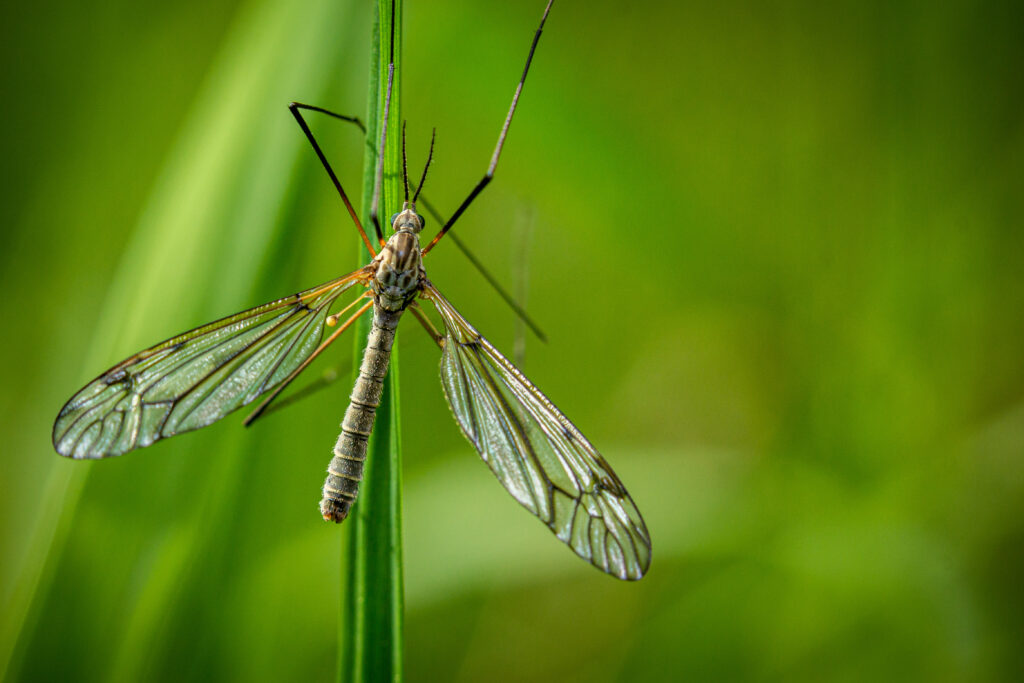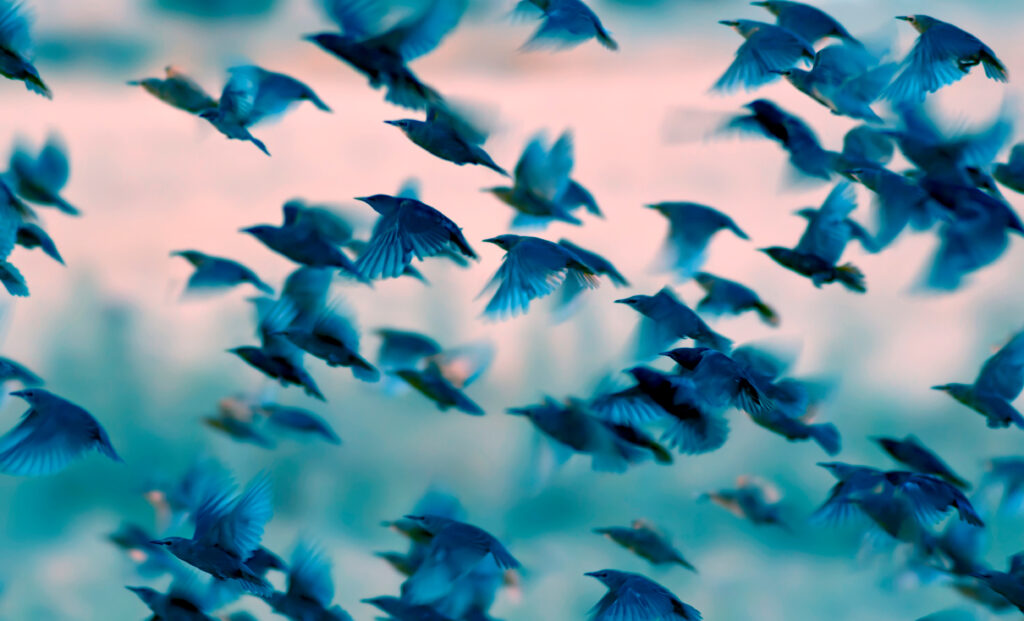 We have all encountered crane flies at some point in our lives – better known as ‘Daddy Longlegs’. But not many people realise how much of a scourge they are to golf courses and the fine turf industry in general.
We have all encountered crane flies at some point in our lives – better known as ‘Daddy Longlegs’. But not many people realise how much of a scourge they are to golf courses and the fine turf industry in general.
Certain species of the crane fly – one of the oldest insect families on the planet, dating back 245 million years – lay their eggs in the soil, generally in rich organic earth or areas that don’t drain very well.
The larvae, known as leatherjackets, play an important role in the ecosystem, but for keepers of fine turf, they represent a huge problem as they feast on grass blades and leave unsightly holes in the earth when they emerge.
Chemical solutions have long existed, but they are detrimental to the environment and the majority are banned. One of the chemicals that remains legal is only permitted for one application per year, which means timing is crucial and very difficult to judge.
Some innovative greenkeepers have found a very sustainable and eco-friendly solution, though.
Indeed, a few species of bird can do the work for us. But some are better than others.
England Golf’s Sustainability Manager, Owen James, says: “If you can encourage Starlings to nest on the course, they can do the work for you. It makes a lot of sense as they don’t make the same amount of damage to turf as some of the other leatherjacket predators, like Crows.

“They manage to peck them out with minimal disturbance.
“Right now, nobody is sure exactly how they do it, but research is being done by the Danish Golf Federation and it will hopefully show us how to utilise this natural pest control.”
Attracting Starlings to your course is easier said than done, though.
James added: “Whenever I speak to golf clubs and they tell me they don’t get a certain species of bird, I always ask if there is anything for the birds to use or utilise. If not, why would they visit?
“If you want a particular species, you have to encourage them to use your site by giving them what they need.
“I think the research will change the way that people look at bird life and utilising them as a tool to help them achieve their goals.”
James believes the installation of bird boxes and bug hotels to be vital to the effort and also a very cost-effective solution.
